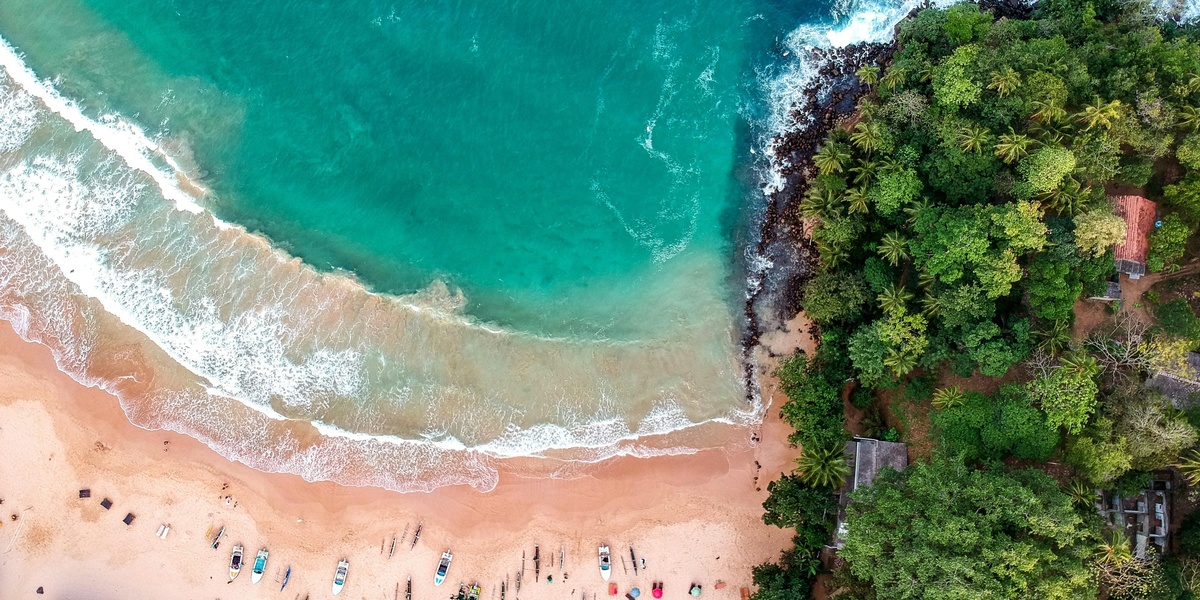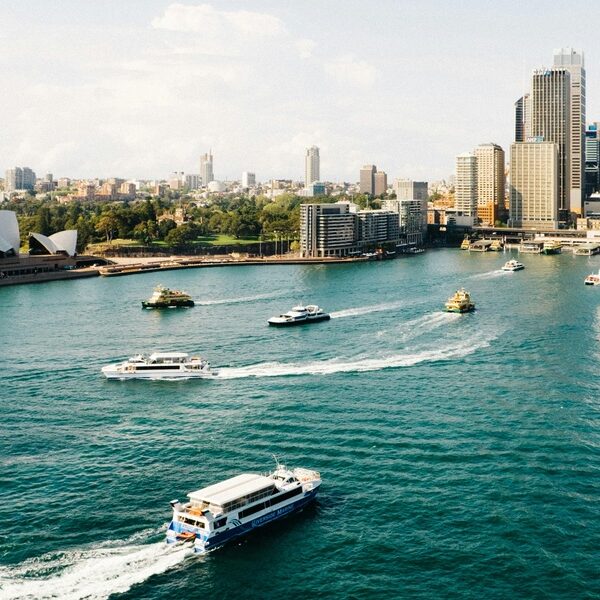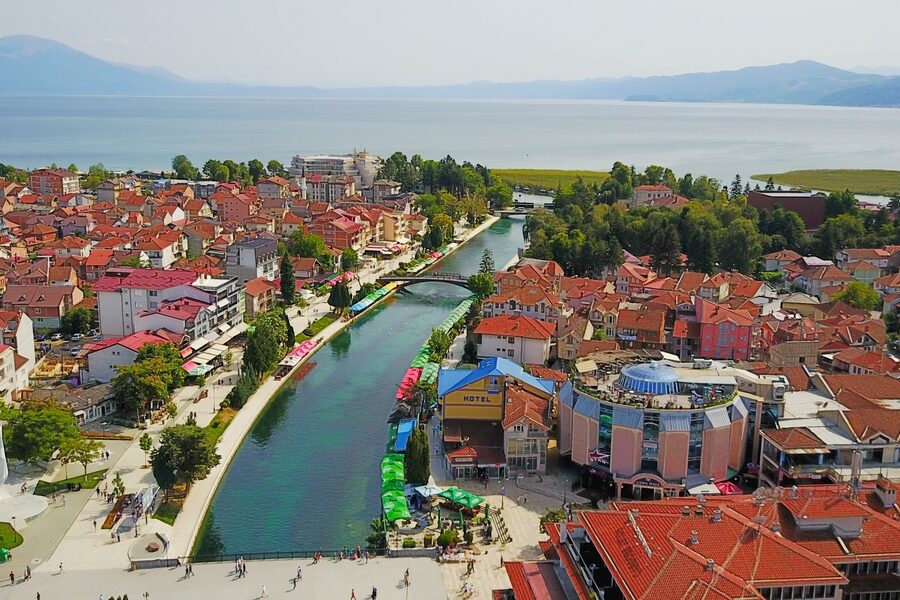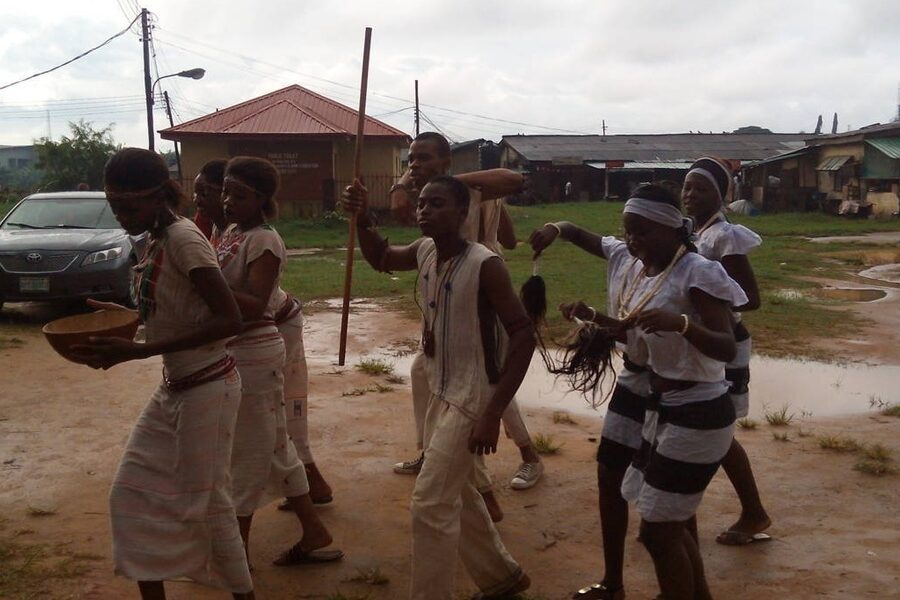A 2,500-year-old pilgrimage route, dramatic colonial forts and a coastline stretching over 1,340 km make Sri Lanka feel like a compact world of its own. The island packs beaches, mountains and rainforests into short travel hops — its highest peak, Pidurutalagala, tops out at 2,524 m — so you can go from sunbathing to tea-country hikes in a day. That concentrated variety, plus good value and a deep cultural life, is why the island draws travelers from around the globe. Sri Lanka packs beaches, mountains, wildlife, centuries-old culture and surprisingly modern conveniences into a single island — here are 10 compelling reasons to visit. I still remember watching a leopard silhouette materialize at dusk on a Yala safari; moments like that stick with you.
Natural beauty and wildlife
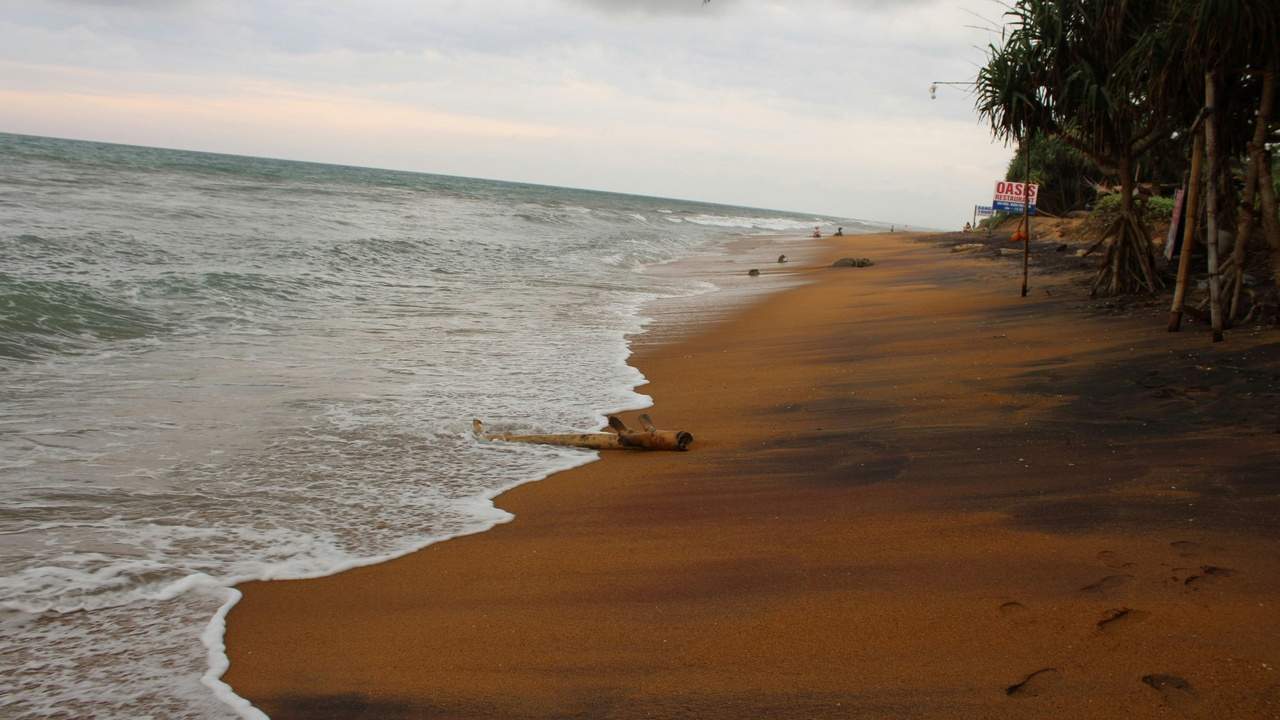
For an island just over 65,000 km², Sri Lanka delivers unusually varied ecosystems: long sandy shores, misty highlands, dry-zone plains and dense rainforests. The ~1,340 km coastline meets mountains that climb to 2,524 m at Pidurutalagala, and national parks like Yala are famous for concentrated wildlife sightings. Short journeys yield big contrasts — expect beach sunrise swims and afternoon birding in the same trip.
1. Sun-soaked beaches and coastal diversity
There’s a beach for every mood within short drives: surf breaks, calm bays and stretches for turtle nesting. With about 1,340 km of coastline, the island’s coasts behave differently by season — the southwest monsoon and northeast monsoon shift surf and swim windows.
Mirissa is the hub for whale-watching in season (Nov–Apr), while Arugam Bay lights up for surf in July–September. Hikkaduwa and Unawatuna offer reefs and snorkeling, and Trincomalee on the northeast gives deeper-water calm in alternate months. Quick tip: plan beach-hopping around monsoon windows to get the best conditions.
2. Tea country, highlands and scenic train journeys
The highlands are carpeted with tea — commercial planting began around 1867 with James Taylor — and the scent of fresh tea is everywhere. Nuwara Eliya keeps a colonial-era townscape, while viewpoints like Lipton’s Seat reward short hikes.
Take the Kandy–Ella train for cinematic valley views (the Ella segment is especially famous) and visit working estates such as Pedro Tea Estate for factory tours and tastings. The cool mountain air and misty terraces feel like another country, yet you’re a few hours from the coast.
3. Wildlife and national parks — leopards, elephants and marine life
Sri Lanka punches above its weight for biodiversity: compact parks make close encounters likely with responsible guides. Yala has a worldwide reputation for leopard density, while Wilpattu offers a wilder, more remote experience.
Udawalawe is the place to see elephants and visit rescue centres, and marine excursions from Mirissa target blue whales in season. Book guided safaris and choose operators committed to conservation to keep sightings ethical and sustainable.
4. Waterfalls, hiking and microclimates
The island’s microclimates create short, rewarding hikes and dramatic waterfalls. Horton Plains leads to the sheer drop at World’s End, and Diyaluma Falls plunges roughly 220 m for photography and, where safe, secluded swims.
Walks around Ella — try Little Adam’s Peak or Ella Rock — deliver big views without technical gear. Best practice: hike in the dry season, start early for cooler air and hire a local guide if the route is unfamiliar.
Culture, history and heritage
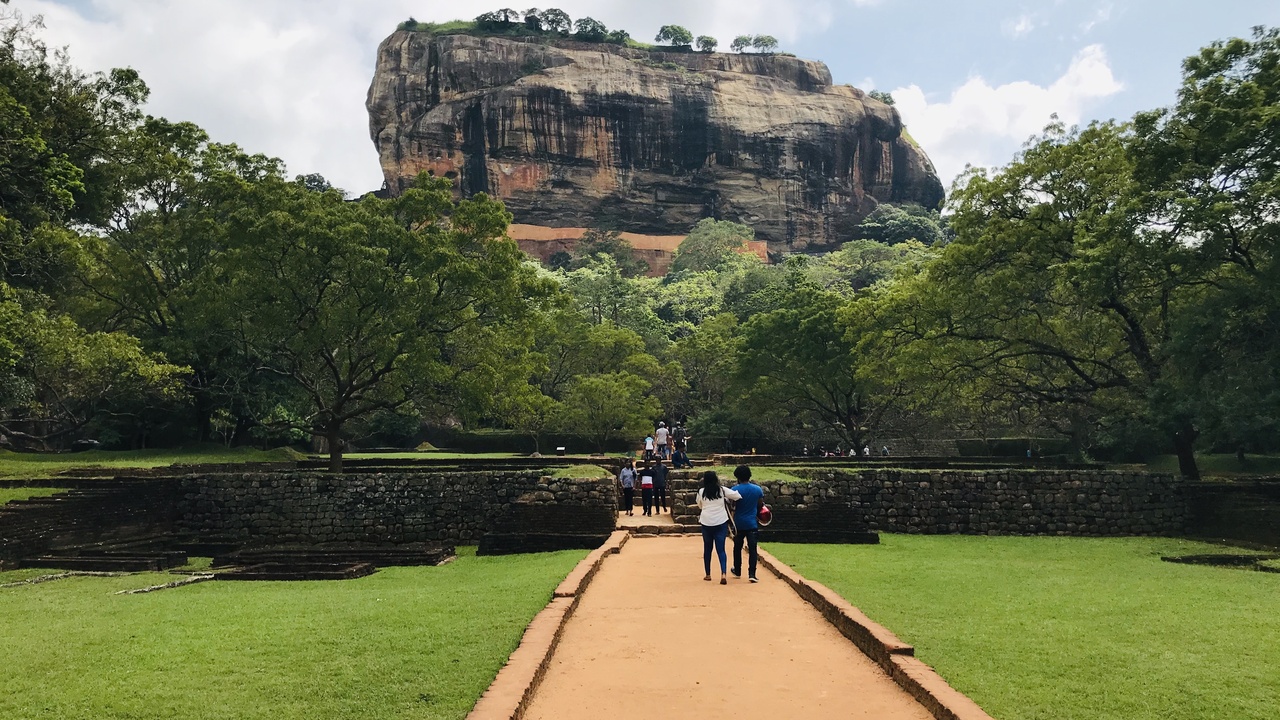
Sri Lanka’s layers of history are tangible: ancient kingdoms, living Buddhist practices and colonial settlements coexist. As of 2024 the country has 8 UNESCO World Heritage Sites, from rock citadels to sacred cities, making history easy to access.
5. Ancient cities and UNESCO World Heritage sites
Intact ruins and rock fortresses make history feel immediate. Sigiriya’s rock fortress dates to the 5th century CE and its frescoes still draw crowds, while Anuradhapura traces urban roots back to the 4th century BCE.
Polonnaruwa’s Gal Vihara stone Buddhas and the stupas of Anuradhapura are walkable, photogenic sites where guided tours explain ritual context and architecture. For many visitors these sites are core reasons to visit Sri Lanka — they turn mileage into stories.
6. Living religious traditions and festivals
Religious life is public and participatory: temples host daily offerings, and festivals transform streets. Vesak in May lights the island with lanterns, and the Sinhala & Tamil New Year around April 13–14 brings family rituals and special foods.
Kandy’s Temple of the Tooth is central to Buddhist pilgrimage and the Kandy Esala Perahera offers a grand procession of dancers and tusked elephants (plan ahead: festival dates affect transport and accommodation). Observe simple etiquette: remove shoes, dress modestly and ask before photographing rituals.
7. Colonial heritage: forts, architecture and cultural fusion
The Portuguese, Dutch and British all left visible marks: ramparts, bungalows and civic buildings. Galle Fort (a Dutch-era enclave and UNESCO site) is a tidy example of layered colonial streetscapes and cafés.
Nuwara Eliya’s tea bungalows recall the British hill-station era, while Colombo mixes grand colonial facades with contemporary developments. Many heritage buildings now host boutique hotels, museums and cafés, making history a lived urban experience.
Activities, food and practical travel reasons
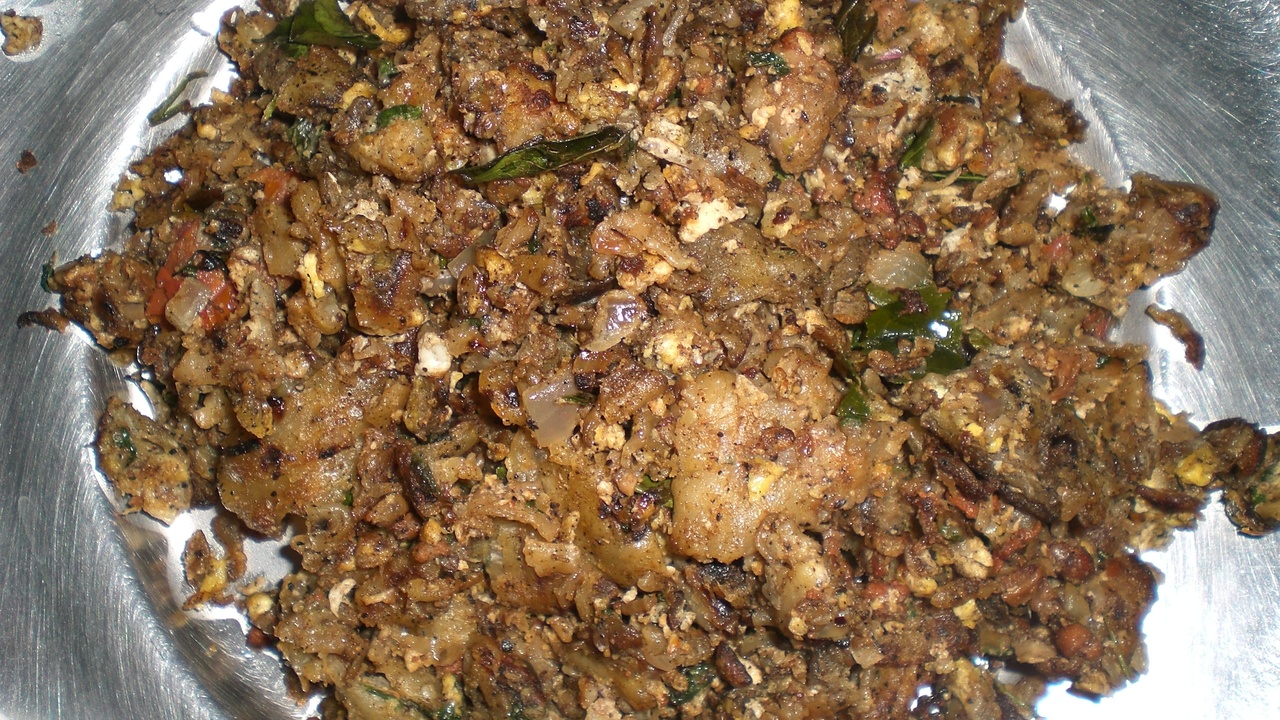
Beyond scenery and heritage, Sri Lanka is straightforward to travel: a lively food scene, abundant adventure sports and improving transport links make it easy to plan an active or relaxed trip. Pre-2019 tourism arrivals were roughly 2.33 million (2018), which helped build the tourism services you’ll use.
8. Surfing, diving and adventure sports
The island is an adventure playground: Arugam Bay is world-class for point breaks (best July–September), while Hikkaduwa and Ahangama offer reef dives and surf for all levels. Inland, Kitulgala runs white-water rafting on the Kelani River and rock-climbing options exist near the central hills.
Certified dive operators run PADI courses, surf schools take beginners out safely, and local outfitters can arrange multi-activity days. Check seasonal windows and ensure you have appropriate insurance for water and hill activities.
9. Food culture and tea tastings — a culinary draw
Strong, bright flavours and plenty of regional variation make the cuisine a major draw. Try hoppers (appa), kottu roti, pol sambol and string hoppers; coastal towns serve very fresh seafood. Street markets and small family cafés deliver the best, most affordable meals.
Visit a working estate in Nuwara Eliya for a tea-tasting and a factory demonstration to understand how Ceylon tea is produced. Note: many curries are spicy, but vendors will tailor heat and vegetarians will find plentiful rice-and-lentil options.
10. Affordability, accessibility and friendly logistics
Sri Lanka represents strong value: typical daily budgets range roughly USD 30–80 depending on travel style, and internal transport options include scenic trains, budget domestic flights and a growing fleet of tourist buses. Direct or one-stop flights connect major hubs — London is about 10–11 hours and Dubai around 4 hours (approx.).
The island’s visa system uses an ETA for many nationalities, and pre-2019 arrivals (about 2.33 million in 2018) mean the tourism sector is well established. If you’re comparing options, factor in festival dates and local seasons when booking — these affect prices and availability as much as anything.
For practical trip planning and a quick list of highlights, search itineraries focused on Sigiriya, Yala and Mirissa to balance culture, wildlife and marine life.
Summary
- Compact diversity: beaches, highlands and rainforests are all reachable within short travel times (coastline ~1,340 km; Pidurutalagala 2,524 m).
- Heritage and wildlife: 8 UNESCO World Heritage Sites (as of 2024), Sigiriya and ancient Anuradhapura, plus rich safari opportunities in parks like Yala and Udawalawe.
- Culinary and active travel: strong local dishes and tea-country visits, with surfing, diving and hiking available across seasons.
- Good value and infrastructure: pre-2019 tourist arrivals (~2.33 million in 2018) helped build services; budget ranges of roughly USD 30–80/day and easy internal travel make planning straightforward.
- Plan smart: check Vesak (May), Sinhala & Tamil New Year (April 13–14) and monsoon windows when booking; choose responsible operators to support conservation.

